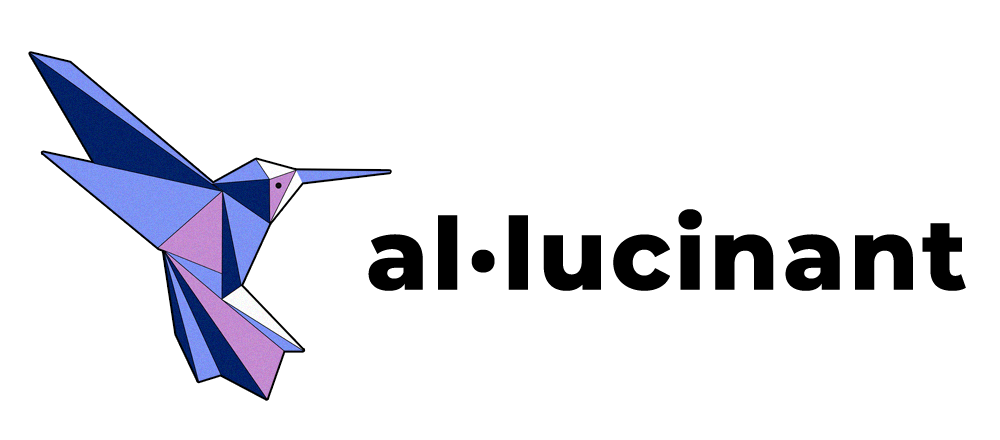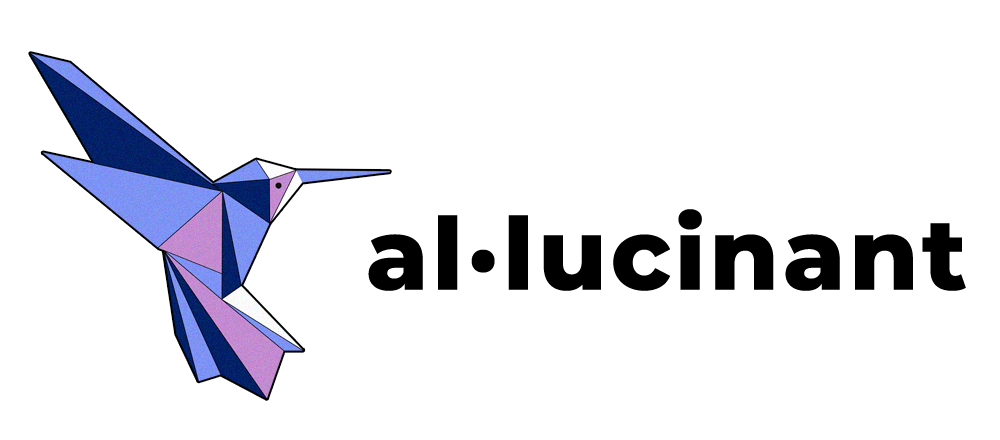What is on-page SEO?
On-page SEO refers to the optimization techniques applied directly on your website’s pages to improve their visibility in search engine results pages (SERPs). It involves optimizing elements like content, meta tags, images, URLs, and internal links to enhance user experience and increase organic traffic.
How does on-page SEO differ from off-page SEO?
On-page SEO focuses on optimizing elements on your website’s pages, such as content and meta tags. Off-page SEO, on the other hand, deals with external factors like backlinks. While both are important for search engine optimization, on-page SEO is within your control, while off-page SEO involves factors outside of your website.
How can keyword research help with on-page SEO?
Keyword research helps you identify relevant keywords that your target audience is searching for. By strategically incorporating these keywords into your page titles, headings, meta descriptions, and content, you can optimize your web pages to match user search intent and improve their visibility in search results.
How can I create engaging and optimized content for on-page SEO?
When creating content, focus on providing valuable information that resonates with your target audience. Incorporate relevant keywords naturally throughout the content, but prioritize the user’s reading experience. Use subheadings, bullet points, and numbered lists to break up large blocks of text and enhance readability.
Why is URL structure important for on-page SEO?
URL structure is important for on-page SEO because a clean and user-friendly URL improves both user experience and search engine understanding. Use descriptive words that accurately represent the content of your page and, if possible, include your target keyword. Avoid complex alphanumeric strings and irrelevant characters, using hyphens to separate words instead.
How can I optimize title tags and meta descriptions for on-page SEO?
You can optimize your title tags by making them descriptive, including relevant keywords, and keeping them within the recommended character limit. Meta descriptions should provide a compelling summary of your page’s content and encourage users to click through. Including the target keyword in both the title tag and meta description can improve their relevance and visibility in search results.
How can heading tags be optimized for on-page SEO?
Heading tags (H1, H2, H3, etc.) define the headings and subheadings of a page. Structure your headings with relevant keywords, while avoiding keyword stuffing, to improve readability and SEO performance. The H1 tag should typically contain the main heading of the page, while subsequent tags can be used for subheadings.
How can images be optimized for on-page SEO?
To optimize images, reduce their file size without compromising quality. Use descriptive filenames and alt text to provide context to search engines and visually impaired users. Optimized images improve website visibility and prevent them from negatively impacting page loading speed.
How does internal linking contribute to on-page SEO?
Internal linking connects relevant pages within your website, facilitating seamless navigation and encouraging users to explore related content. It also provides search engines with insights into your website’s structure and the importance of different pages. Use relevant anchor text that includes keywords when creating internal links to improve navigation and boost the visibility of important pages.
Why is mobile optimization important for on-page SEO?
With the majority of internet users accessing websites through mobile devices, mobile optimization is crucial. It affects both user experience and search engine rankings. Ensure your website is responsive and compatible with different screen sizes and devices. Testing tools like Google’s Mobile-Friendly Test can help identify and fix any mobile usability issues.
How can I optimize my website’s page loading speed for on-page SEO?
To optimize page loading speed, you can take several steps. Start by optimizing your images, reducing their file size without compromising quality. Enable browser caching, which allows temporary storage of web page elements to speed up subsequent visits. Minify CSS and JavaScript files by removing unnecessary characters and spaces. Additionally, consider using a content delivery network (CDN) to deliver your content faster to users around the world.
What is schema markup and how does it contribute to on-page SEO?
Schema markup is a structured data vocabulary that helps search engines understand the content and context of your web pages. By implementing schema markup, you can enhance the visibility of your website in search results and potentially qualify for rich snippets, such as star ratings, reviews, and event details. Use schema markup to mark up key elements on your web pages, such as product information, reviews, recipes, events, and more.

